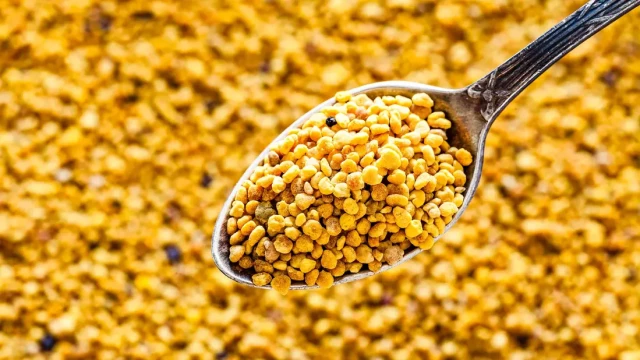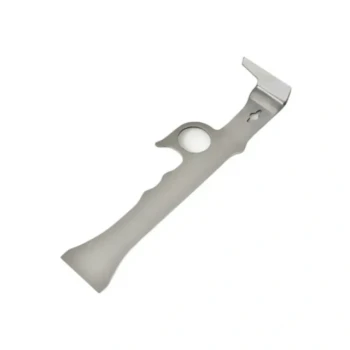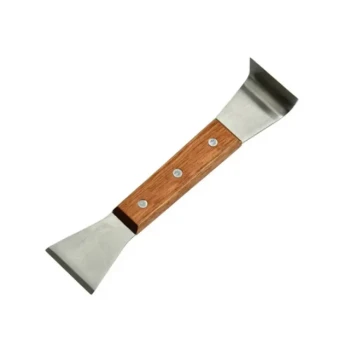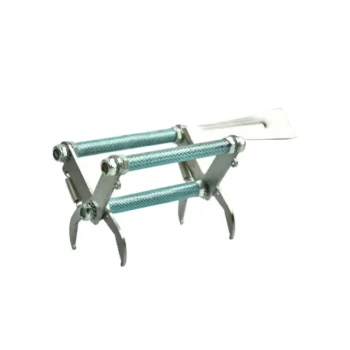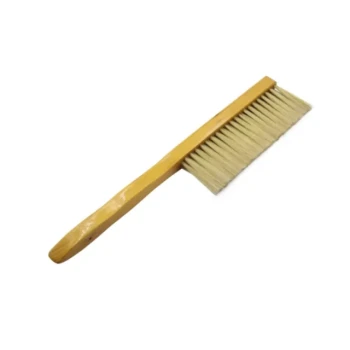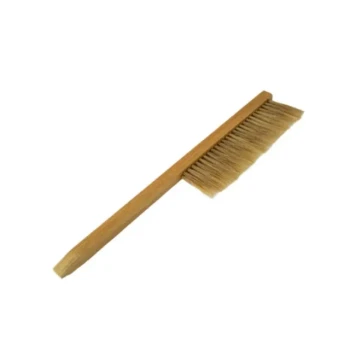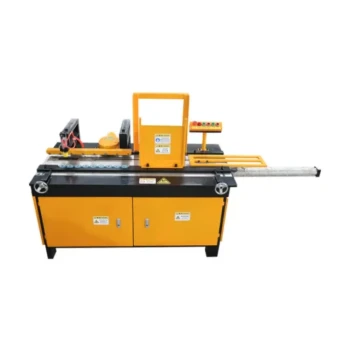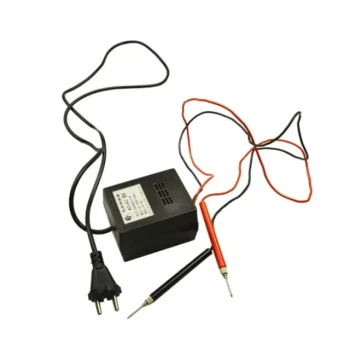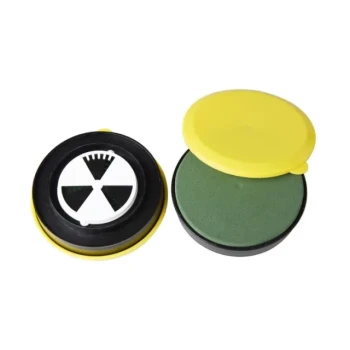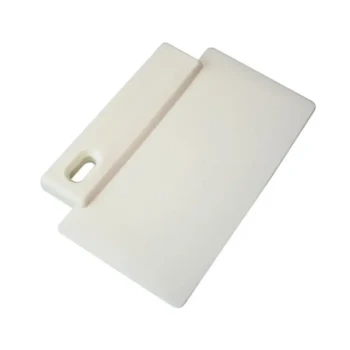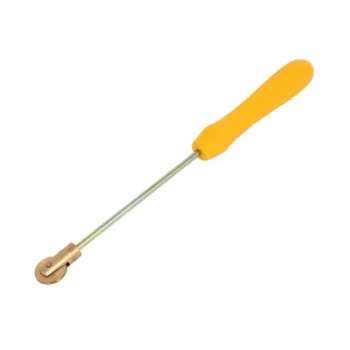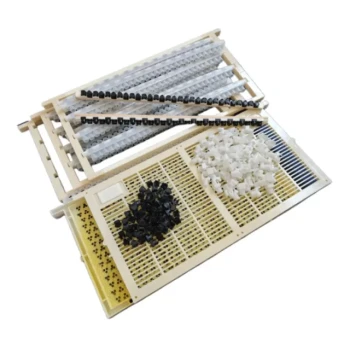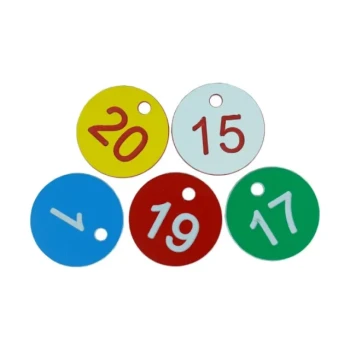Modern beekeeping isn’t just about honey production—it’s about leveraging every resource a hive offers. Pollen traps, often overlooked, serve as dual-purpose tools that strengthen hive management while creating profitable opportunities. Here’s how they work and why they’re indispensable for progressive beekeepers.
Understanding Pollen Traps
The Science Behind Pollen Collection
Bees collect pollen as a protein source for their colony, packing it into "pollen baskets" on their hind legs. Pollen traps capitalize on this behavior by gently dislodging a portion of pollen as bees enter the hive. Research shows that well-designed traps collect just enough pollen—typically 10–30% of a bee’s load—without compromising the colony’s nutritional needs.
Key Components and Mechanics
A standard pollen trap includes:
- Restricted Entrance: Small holes force bees to squeeze through, loosening pollen.
- Collection Tray: Positioned beneath the entrance to catch dislodged pollen.
- Screen Filters: Separate pollen from debris like wax or bee parts.
Pro tip: Opt for traps with adjustable entry sizes to control harvest rates based on seasonality and hive strength.
Why Beekeepers Rely on Pollen Traps
Boosting Hive Health Monitoring
Pollen samples act as a diagnostic tool:
- Nutritional Insights: Poor-quality pollen may indicate forage shortages.
- Pesticide Detection: Lab analysis of collected pollen can reveal contamination risks.
- Colony Activity Tracking: Abrupt drops in pollen collection signal swarming or disease.
"Pollen traps turn passive observation into proactive hive management," notes a study on apiculture efficiency.
Creating a Revenue Stream from Bee Pollen
Bee pollen sells for $10–$20 per pound in health food markets, with demand rising for its use in supplements and skincare. Traps allow beekeepers to:
- Diversify income beyond honey.
- Market local, raw pollen to eco-conscious consumers.
- Supply wholesalers (like HONESTBEE’s distributor network) in bulk.
Implementing Pollen Traps Effectively
Best Practices for Installation and Maintenance
- Timing Matters: Install traps during peak pollen flows (spring/summer) to avoid stressing bees.
- Harvest Frequently: Collect pollen every 1–2 days to prevent mold or theft by other insects.
- Clean Gently: Use screens or low-speed fans to remove debris without crushing pollen granules.
Balancing Pollen Harvesting with Bee Welfare
Overharvesting risks colony malnutrition. Mitigate this by:
- Limiting trap use to 3–4 days per week.
- Providing supplemental feed (e.g., pollen patties) if natural sources dwindle.
- Monitoring brood patterns—reduced larvae may indicate pollen deficits.
Ready to Elevate Your Apiary? Partner with HONESTBEE
Pollen traps unlock hidden value in your hives, blending sustainability with profitability. Whether you’re a commercial apiary or a distributor sourcing equipment, HONESTBEE’s wholesale-focused solutions help you integrate pollen harvesting seamlessly. Explore our durable, bee-friendly traps today—because thriving hives mean thriving businesses.
Visual Guide

Related Products
- HONESTBEE Advanced Ergonomic Stainless Steel Hive Tool for Beekeeping
- Professional Dual-End Stainless Steel Hive Tool for Beekeeping
- Professional 3-Bar Frame Grip with Integrated Hive Tool
- Wooden Bee Brush with Triple Row Artificial Fiber for Beekeeping
- Yellow Plastic Bucket Pail Perch for Beekeeping
Related Articles
- Essential Beekeeping Equipment for Beginners: Functions, Selection, and Best Practices
- Strategic Summer Hive Management: Maximizing Flow Super Efficiency While Preserving Colony Health
- How to Relocate Beehives Safely: A Science-Backed Guide for Beekeepers
- How to Choose the Right Hive Tool for Your Beekeeping Needs
- How to Build a Smarter Beekeeping Tool kit: Strategic Tools for Every Hive Challenge
